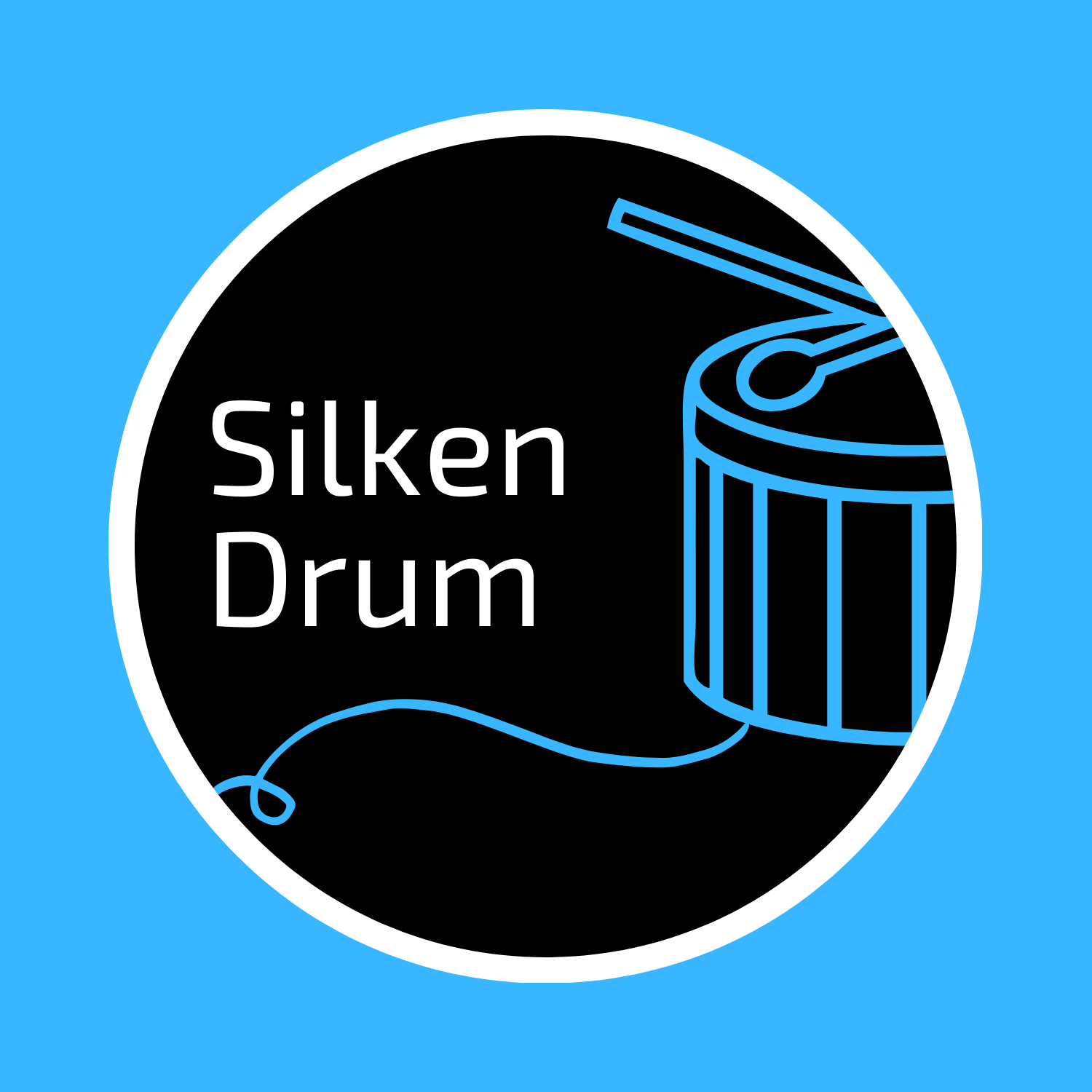Embarking on your poetry blogging journey can be both exhilarating and overwhelming, especially if you’re just starting out. With so many options and tools available, it’s easy to feel lost. However, with the right guidance, you can navigate this world with confidence and creativity. This guide offers practical tips, access to free resources, and real-life examples to help you kickstart your journey. Whether you’re looking to share your poetry or discover new voices, this guide provides everything you need to get started. Let’s ignite your poetry blogging journey today!

How to Start a Poetry Blog
To begin your journey as a poet and share your creations with the world, follow these organized steps to launch and grow your poetry blog:
- Choose a Blog Name :
- Decide on a unique and meaningful name that reflects your poetry style or the themes you wish to explore. Tools like Namecheap can help you register a domain name.
- Select a Hosting Platform :
- Use platforms like WordPress, Medium, or Blogger to set up your blog. These offer user-friendly interfaces and templates tailored for content creation.
- Register Your Domain :
- Once you have a name, register your domain through a reliable provider such as Bluehost or SiteGround .
- Set Up Your Blog :
- Install themes and plugins that align with your vision. Customize your blog’s appearance to make it visually appealing and easy to navigate.
- Create Your First Posts :
- Write your debut post introducing yourself and sharing your first poems. Encourage feedback and interactions by asking readers for their thoughts.
- Build an Audience :
- Promote your blog on social media platforms like Instagram, Twitter, and Facebook. Join poetry communities and forums such as Poetry Society or local writing groups.
- Engage Regularly :
- Consistently publish new poetry pieces to keep your audience engaged. Consider setting a content calendar to stay on track.
- Collaborate and Share :
- Partner with other poets or bloggers for guest posts or collaborations. Share your work on platforms like Submittable to reach a broader audience.
- Monetize (Optional) :
- Explore monetization strategies such as displaying ads, offering poetry workshops, or selling merchandise. Platforms like Patreon can help sustain your blog financially.
- Stay Inspired and Evolve :
- Continuously seek inspiration from various sources and evolve your style. Engage with your readers to understand their preferences and grow together as a community.
By following these steps, you can establish a thriving poetry blog that resonates with readers worldwide. Remember to enjoy the process and let your passion for poetry shine through your words!
The Best Blogging Platform for Poetry
When it comes to choosing the best blogging platform for poetry, there are several excellent options to consider, each catering to different needs and preferences:
- WordPress : Known for its versatility and extensive features, WordPress is highly customizable, allowing users to create a unique and visually appealing poetry blog. Its robust SEO tools and plugin ecosystem make it ideal for those looking to maximize visibility and functionality.
- Medium : A user-friendly platform with a clean interface, Medium is great for sharing poetry and reaching a broader audience. While it may lack some of the advanced customization features of WordPress, it is simple to use and widely accessible.
- Silken Drum : Specifically designed for creative writers, Silken Drum offers a supportive community and a dedicated space for poetry. It caters to those seeking inspiration and engagement within a niche audience passionate about literature and creative expression.
Each platform has its strengths: WordPress excels in customization and SEO, Medium simplifies the process for non-tech users, and Silken Drum fosters a community-oriented environment. The choice ultimately depends on personal preference, audience reach, and the level of control desired over the blog’s appearance and functionality.

Are Poetry Blogs a Thing?
Yes, poetry blogs are certainly a thing and have gained significant popularity in recent years. These platforms allow writers to share their poems, connect with like-minded individuals, and inspire others through their creations. They serve as a bridge between traditional poetry and modern digital communication, making it easier for poets to reach global audiences.
Why Poetry Blogs Are Popular
Poetry blogs have become a hub for literary enthusiasts, offering a space to explore diverse styles and themes. Platforms like Silken Drum provide a supportive environment for writers to showcase their work and engage in meaningful conversations. The accessibility of these blogs has democratized poetry, allowing anyone with a passion for words to share their art.
How to Start a Poetry Blog
If you’re interested in starting your own poetry blog, consider the following steps:
- Choose a Platform : Decide whether you prefer a self-hosted site like WordPress or a hosted blog service like Medium or Tumblr.
- Consistency is Key : Regularly update your blog with new poems and engage with your audience through comments and interactions.
- Find Your Audience : Target specific communities or niches within poetry to build a loyal following.
- Use Proper Tools : Utilize tools like Silken Drum to enhance your blogging experience and connect with other writers.
By creating a poetry blog, you not only share your work but also foster connections and inspire others, contributing to the vibrant world of poetry in the digital age.

Which Blog Is Best For Beginners?
-
Silken Drum
Silken Drum is an excellent platform for creative writing enthusiasts. It offers a supportive community and a variety of resources to help you share your work and learn from others. The site features poetry, short stories, and essays, making it a great place to start if you’re passionate about writing. Visit Silken Drum
-
WordPress.com
WordPress.com is a fantastic choice for anyone looking to create a blog without much technical expertise. Its user-friendly interface and vast array of themes and plugins make it ideal for beginners. You can easily customize your blog and start publishing content quickly. Visit WordPress.com
-
MEDIUM
MEDIUM is a clean and distraction-free platform that simplifies the blogging experience. It’s perfect for those who want to focus on writing without the clutter of traditional blogs. The platform also offers a large audience and great networking opportunities. Visit MEDIUM
-
BLOGGER
BLOGGER by Google is a great option for those who already use Google services. It’s free, user-friendly, and integrates seamlessly with other tools like Gmail. While it may lack some customization compared to WordPress, it’s a solid choice for simplicity and ease of use. Visit BLOGGER
-
TUMBLR
TUMBLR is a niche platform that’s great for micro-blogging and sharing quick thoughts or multimedia content. It’s particularly popular among younger audiences and those who prefer a more visual and interactive blogging experience. Visit TUMBLR
Why Do Some Blogs Fail?
- Lack of Consistency: Failing to post regularly can lead to loss of audience interest and engagement.
- Poor Content Quality: Blogging about irrelevant or uninteresting topics that fail to meet audience needs can result in low retention rates.
- Inadequate Promotion: Not effectively promoting content through social media, email marketing, or SEO can limit visibility and growth.
- Ignoring SEO Best Practices: Poor search engine optimization can reduce organic traffic, making it harder for readers to discover the blog.
- Low Engagement Levels: Lack of interactive elements like comments, polls, or quizzes can make the blog feel disconnected from its audience.
- Incorrect Niche Selection: Choosing a niche with little to no audience interest can lead to struggles in attracting readers.
- Failure to Monetize Effectively: Without a sustainable monetization strategy, blogs may lack the necessary income to continue operations.
- Missing a Unique Voice: A lack of personal branding or distinct style can make the blog indistinguishable from others in the same niche.
- Underutilizing Social Media: Not leveraging social platforms to share content can significantly limit the blog’s reach and impact.
- Overlooking Technical Issues: Neglecting aspects like website speed, mobile responsiveness, or broken links can harm user experience and drive readers away.
- Not Building a Community: Failing to foster relationships with readers through email lists or community-building activities can lead to audience attrition.

How to Start a Blog with No Experience
- Choose a Blog Name : Select a unique name that reflects your blog’s purpose. Use a domain registrar to check its availability and register it.
- Select Hosting : Compare hosting providers like Bluehost or SiteGround based on cost and reviews. Choose one that fits your budget and offers necessary features.
- Set Up Your Blog :
- Install WordPress via cPanel or a one-click installer.
- Use a user-friendly WordPress theme that’s responsive and SEO-friendly.
- Create Content :
- Write sample posts to familiarize yourself with the platform.
- Differentiate between posts (for updates) and pages (static content like About Me).
- Find Your Voice :
- Write about topics you’re passionate about.
- Use tools like Google Keyword Planner for topic suggestions.
- Optimize for SEO :
- Research keywords and incorporate them naturally.
- Use meta descriptions, alt texts, and internal links effectively.
- Promote Your Blog :
- Share content on social media platforms.
- Engage in online communities and groups related to your niche.
- Consider guest posting and commenting on other blogs.
- Build an Email List :
- Use email marketing to connect with readers from the start.
- Monetize Strategically :
- Explore ad networks and affiliate programs once you build a loyal audience.
- Stay Consistent and Engaged :
- Maintain a regular posting schedule.
- Engage with your audience through comments and social media.
- Learn and Adapt :
- Read blogs of successful writers and attend webinars or workshops.
- Join blogger communities for support and feedback.
- Ensure Mobile-Friendliness :
- Optimize your blog for mobile devices to cater to on-the-go readers.
By following these steps, you can successfully launch and grow your blog, even without prior experience.




0 Comments